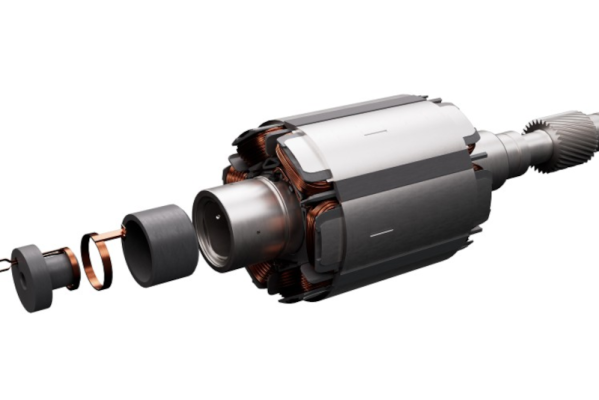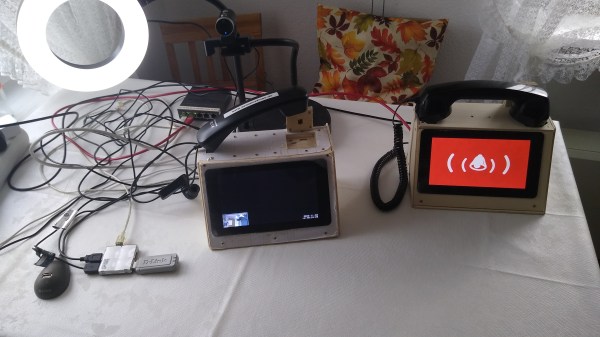When you think of electric motors, you usually think of magnets. But magnets are heavy, and good magnets can pose problems when you need lots of them. A technology called SESM (separately excited synchronous motors) requires no magnets, but now ZF — a German company — claims to have a different scheme using inductive excitation. Motors that employ SESM tend to be larger and require a direct current to turn the rotor. This DC is often supplied by slip rings or an AC induction with a rectifier. The innovation here is that the inductive excitation is built completely into the shaft, which the company claims makes the motor both compact and powerful.
This kind of motor is usually destined for electric vehicles. The company claims the motor reduces losses by about 15% over conventional techniques. To maximize efficiency, conventional SESM uses slip rings or brushes to transmit power to the shaft. However, ZF claims their inductive improvements are even more efficient and can reduce axial size by around 90 mm.
Another advantage of the technology is that there is no need to provide a dry space for slip rings. That means fewer seals and the ability to cool the rotor with oil as you would with a motor containing permanent magnets. The company plans to offer a 400 V version of the motor and an 800 V that uses silicon carbide electronics.
If you build your own motors, have you tried anything like this? Usually, we don’t see motors this big, of course. We have, however, seen builds of reluctance motors that don’t use magnets.



















